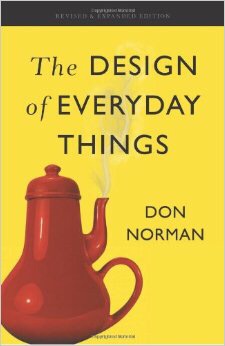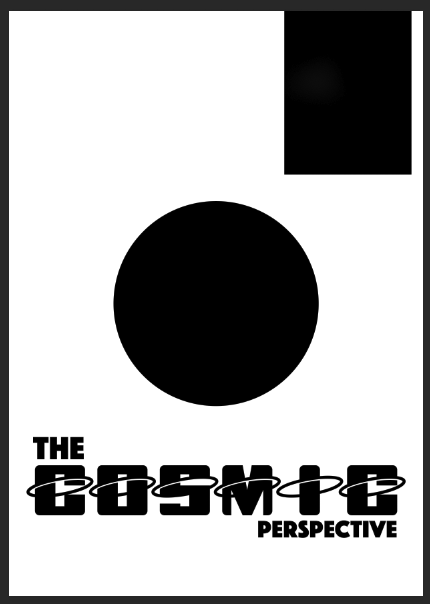Dead media or zombie media?
Siegfried Zielinski’s concept of ‘deep time’ is adopted from geological research and a focus on a horizon of durations of not only thousands, or millions, but billions of years of history. For Zielinski, this idea points towards the need to look at media too in terms of their long-term relations that radically steps out of the short-term use value that is promoted by capitalist media industries. As a political and ecological twist to this, one project that takes its impulse directly from media-archaeological and dead-media debates is the Dead Media lab by Garnet Hertz – the already-mentioned California-based artist and writer. Hertz’s creative practice is informed by deep involvement in various ‘tinkering’ methodologies, from circuit bending to DIY robotics, and he has been able to connect that with media-archaeological interests – something we have, in collaboration, also called ‘zombie media’ of the living deads of media culture (Hertz and Parikka 2012).
Hertz’s project picks up Bruce Sterling’s call for a sustained interest in knowledge of media that are dead, and discarded outside normal use in everyday life – but still can have much artistic and other value. Hertz twists this further into an ecological project, or even ecosophic in the sense that Félix Guattari (2000) talks of ecosophy as reinvention of the various transversal relations between the social, the psyche, the economic and the environment. Dead Media Lab becomes hence much more than a lab for repurposing information technology – Hertz quotes the statistics on the hundreds of millions of still-operational devices that are discarded in the US alone. It is also a social laboratory for those practices that engage both in thinking about future green information technologies and in promoting community engagement in DIY methods that are inventive everyday reuses and appropriations of the art methods of the early twentieth-century avant-garde – repurposing existing media and ‘readymades’ becomes less about Duchamp and more about circuit bending and hacking workshops at community centres. It closely relates to the ‘rematerializing’ tendencies in electronic waste that force us to think about the natural history of electronics, well analysed by Jennifer Gabrys (2011).
The link to media archaeology becomes most clearly voiced in this part of his Dead Media Lab call – innovation through media history:
The history of obsolete information technology is fruitful ground for unearthing innovative projects that floundered due to a mismatch between technology and socioeconomic contexts. Because social and economic variables continually shift through time, forgotten histories and archaeologies of media provide a wealth of useful ideas for contemporary development. In other words, the history of technological obsolescence is cheap R&D that offers fascinating seeds of development for those willing to dig through it. This lab encourages the study of obsolescence and reuse in media history as a foundation for understanding the dynamics of media change. (www.conceptlab.com/deadmedia/)
As cheap R&D, media-archaeological ideas about memory, time, duration and obsolescence are part of a wider artist–activist engagement. Less a textual method, circuit bending and hardware hacking are related to thinking about media history in fresh ways that also engage with the important question of how we are able to reuse devices that too easily and too quickly end up in waste sites.
Hence, work such as Hertz’s ties in to both the lineage of media-archaeological artists such as DeMarinis, who has also been interested in the wider environmental ideas concerning media (nature as media) and equally to such initiatives as, for instance, the Mediashed in the UK. Mediashed key activity revolves around the call for ‘free media’ that are outside the proprietary platforms, and hence open both legally and technically. Mediashed’s work has focused on both software and reusing waste and junk materials (such as electronic devices and parts) for community and artistic purposes. In addition, they have shown an interest in ‘obsolescent’ forms of communication in their EcoMedia theme days and projects that expand the idea of communication to various techniques, from shouting, spitting and smelling to pigeon communication, all found in natural bodies. (For a connection to media archaeology and imaginary media, see Parikka 2011a.)
In such projects, we are moving farther away from what has usually been the safe ground of media archaeology. Even if ‘redundancy’, ‘obsolescence’, ‘time’ and ‘dead media’ connected the approaches of both free media activists and media archaeologists, the latter have, as Kahn too flagged, been reluctant to be that political. Yet to me, this link that Hertz is able to make is of crucial value in expanding media-archaeological theory and art methods. Hence, in addition to Mediashed, another clear link would also be the UK-based Redundant Technology Initiative (http://rti.lowtech.org/intro/) that grounds all of its activity in ‘technology that they could acquire for nothing’. As such, it has meant concrete spaces for Free Media tinkering (Access Space is characterized on their website as ‘an open-access digital reuse centre’ for learning and teaching), as well as projects that recircuit back to recent media history, even in the form of Mac Hypercards, ASCII-text, 28.8K faxes repurposed as part of an imaginary TV-feedback system, and manifestos promoting ‘low tech’ (http://rti.lowtech.org/).
As we argue with Hertz (Hertz and Parikka 2012), techniques of media-archaeological art like circuit bending are crucial for a wider environmental consciousness. The aesthetic tactics and various ‘minor’ methods such as circuit bending, hardware tinkering and so forth are important links to a wider activist stance towards technical media. The increasingly closed nature of consumer technology (see Guins 2009) is the other side of the coin in this call to reuse old technology. This closedness is what really defines proprietary platforms. A large amount of current consumer technology is not meant to be opened, tinkered with and reused, and this is guaranteed through various measures, ranging from Digital Rights Management that legally restricts users’ possible actions to the various design strategies that make it very difficult to engage in, for instance, circuit bending. Such techniques can indeed be seen as ‘minor’ but they are important for illuminating how technological solutions relate to power relations. Even design solutions – using glue instead of screws – are part of this wider regime of controlling patterns of (re)use (cf. Kittler 1997).
Furthermore, this relates to the wider politics of ‘planned obsolescence’ (Hertz and Parikka 2012), which can be seen as the background for much of consumer society, including technology. In such perspectives, the wider history of reuse in avant-garde art
EBSCO Publishing : eBook Collection (EBSCOhost) – printed on 3/2/2017 9:11 AM via UNIVERSITY OF PLYMOUTH AN: 572570 ; Parikka, Jussi.; What Is Media Archaeology?
Account: s4715696
73
Copyright © 2012. Polity. All rights reserved. May not be reproduced in any form without permission from the publisher, except fair uses permitted under U.S. or applicable copyright law.
from Duchamp to DJing and VJing not only is about innovations through remixing and mash-ups, but is set against the demand for originality and newness that drives production of technology. As a form of governing production and demanding constant replaceability, ‘planned obsolescence’ has, since the 1930s, been seen as a form of enforced obsolescence and as supporting new product design. Yet, during the last decades it has become even more evident that such a drive for creation is unsupportable in
terms of the ecological load it creates and distributes very unevenly as part of the global economy.
Siegfried Zielinkski – concept of time
Dead media is about the explorative use of dying media recycled as a literal artistical medium. It is often associated with theorists such as; Siegfried Zielinksi whom is renowned for his theory of deep time of media which, unveils the hidden layers of media development from decades with the likes of the Greek philosopher Empedocles. Furthermore, artists like Garnet Hertz a Canadian known for his electronic artworks including the likes of circuit bending and research into the area of critical making. Overall Dead media exposes and encompasses the methodology of “Bringing in the new with the old”.

















































Recent Comments